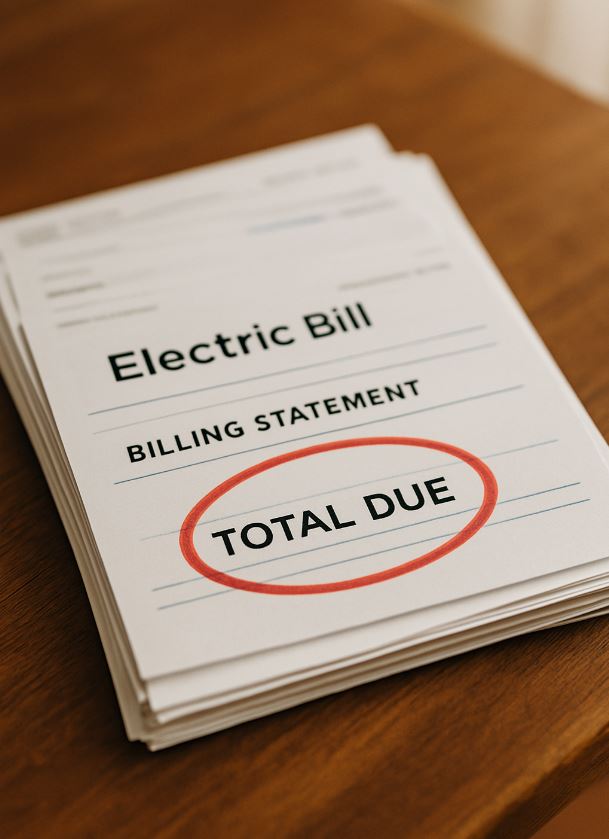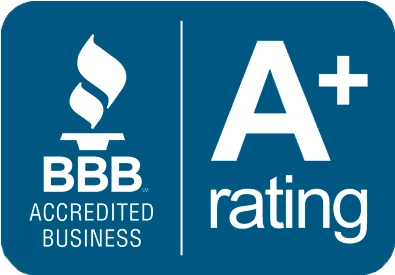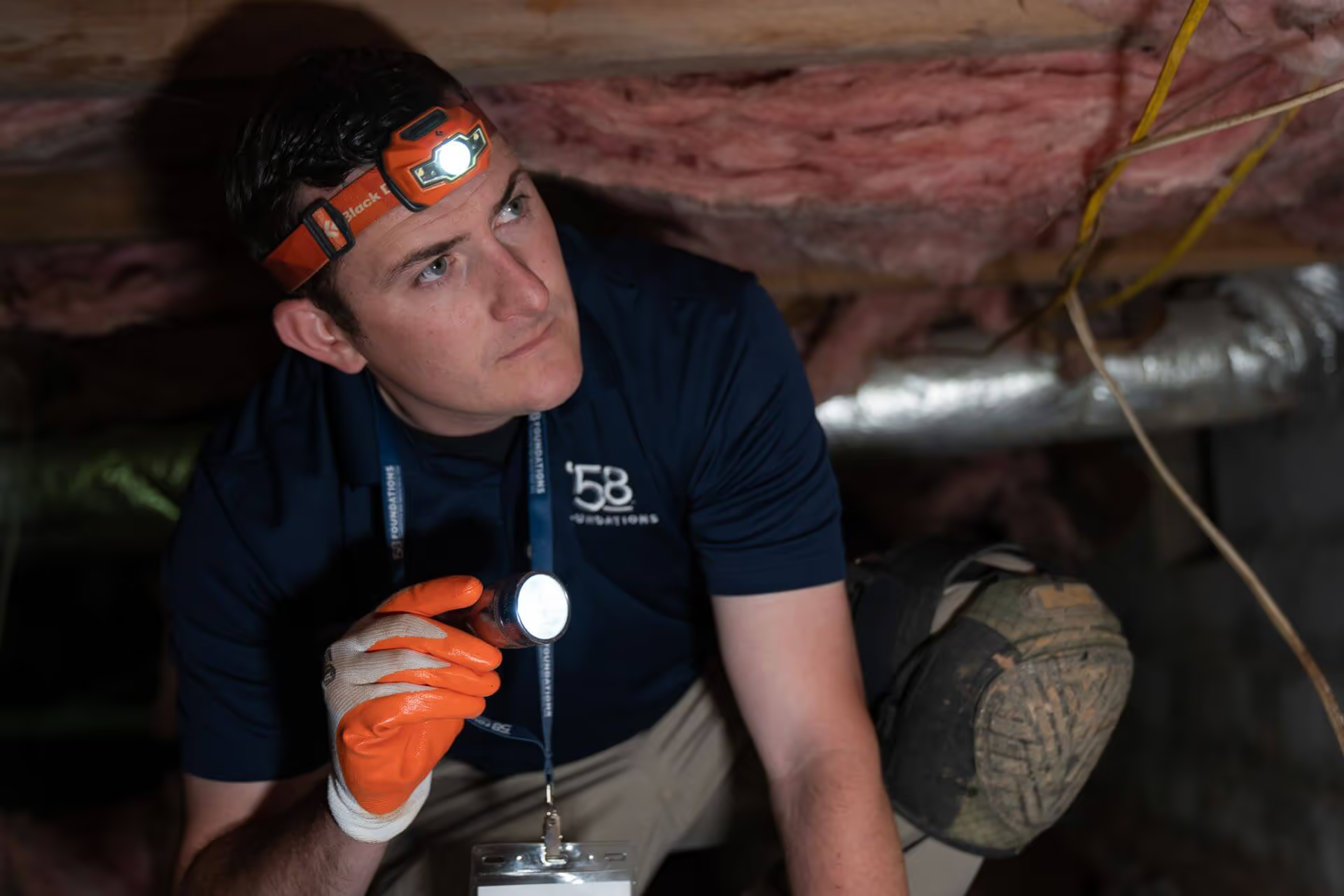If your energy bills are rising without explanation, the problem may be coming from below. A damp, unsealed crawl space or basement can force your HVAC to work harder.






If your energy bills have been climbing, especially without a major change in weather or usage, you’re not alone. Many homeowners see gradual spikes in their heating and cooling costs and assume it’s just part of the season, or maybe a failing HVAC unit. But in many cases, the problem isn’t in your attic or thermostat, it’s down in your crawl space or basement.
When your foundation isn't properly sealed or protected, outside air and moisture can enter your home from below. That cold air in winter, humidity in summer, and constant moisture create the perfect storm for inefficiency. Your HVAC system has to work harder to keep up, and you’re left paying the price month after month.
Your crawl space or basement is part of your home’s building envelope. When these areas are exposed to moisture, air leaks, or failing insulation, they disrupt the delicate balance your HVAC system relies on to heat or cool your home efficiently.
Cold air seeping in through open crawl space vents or foundation cracks can chill your floors and first level, forcing your heater to run longer. In summer, warm, humid air entering from below can raise indoor temperatures and increase the strain on your air conditioner. If your crawl space insulation has absorbed moisture, or worse, if it’s fallen away completely, it’s no longer protecting your home from temperature swings.
The result? Your HVAC system runs constantly, your comfort suffers, and your energy bills quietly climb higher with each passing month.
Uneven temperatures between rooms
If some rooms in your home feel much colder or warmer than others, especially near the ground floor, it could be a sign of unsealed air movement from below. Drafts, moisture, and temperature shifts from the crawl space or basement disrupt airflow patterns and overwhelm your HVAC system’s ability to regulate the home.
Cold floors in winter
Do your floors feel icy even when the heat is running? A damp, uninsulated crawl space often causes heat loss directly through the subfloor. This isn’t just uncomfortable—it’s a clear indicator that thermal protection has failed where you need it most.
Increased indoor humidity
A damp basement or exposed crawl space can raise indoor humidity, especially in warmer months. If your home feels muggy despite your air conditioning, you might be dealing with moisture intrusion from below, forcing your system to work double just to feel “normal.”
Musty odors or air that smells ‘wet’
Unpleasant smells rising from vents or floorboards often mean that moisture is accumulating in the basement or crawl space. Wet insulation, mildew, and high humidity all contribute to stagnant air, and your HVAC system may be pulling that air through the rest of your home.
Rising energy bills with no clear cause
If your utility usage hasn’t changed, but your costs keep going up, it’s time to look at the crawl space or basement. Sealing out moisture and outside air can reduce HVAC runtimes, protect ductwork, and restore comfort without constantly adjusting the thermostat.
If you’ve been battling high energy bills, uneven temperatures, or constant HVAC strain, the problem may not be your system; it may be the space beneath your home. Moisture intrusion, poor insulation, and open airflow from your crawl space or basement don’t just affect comfort; they drive real, lasting energy waste.
Encapsulation, waterproofing, or insulating the area below can stop this cycle. By sealing off outside air, protecting against water, and restoring thermal control, you can ease the burden on your HVAC system and maintain a balanced indoor environment. The right solution depends on the condition of your foundation, but the first step is understanding that your energy bills are more than a budgeting issue; they’re a warning sign.






We respect your privacy. By submitting, you authorize '58 Foundations and Waterproofing to reach you via call, email or text for information about your project needs. We will never share your personal information with third parties for marketing purposes. You can opt out at any time. Message/data rates may apply. Consent is not a condition of purchase. Privacy Policy